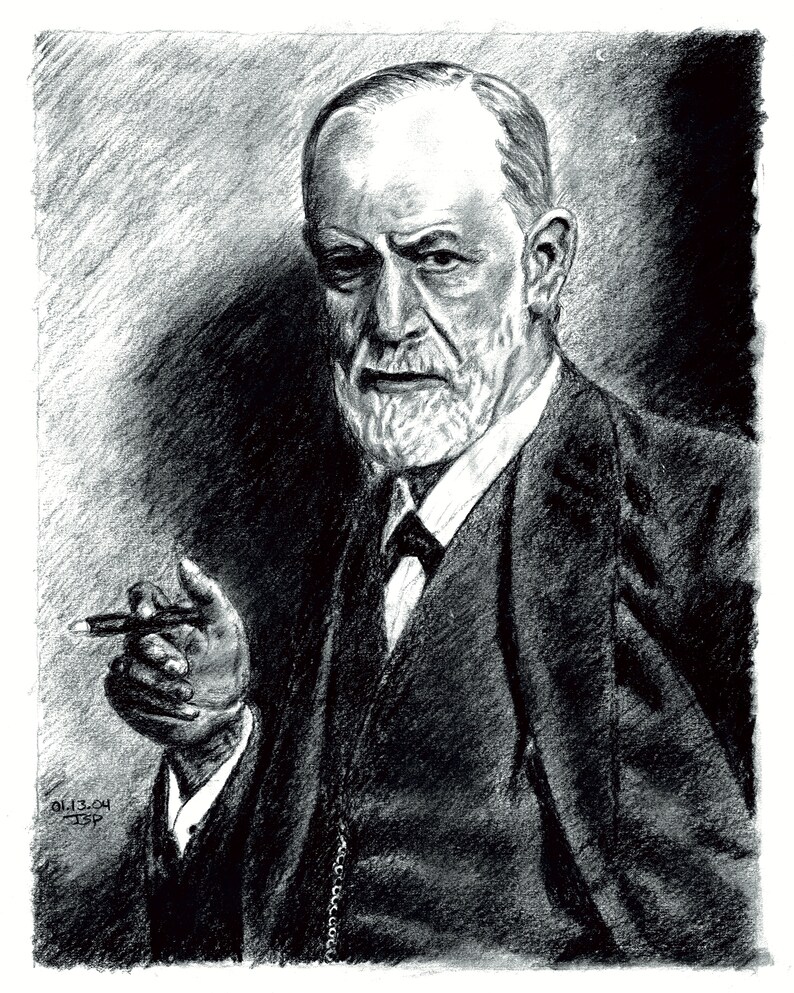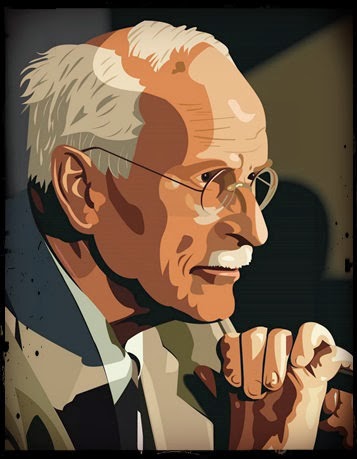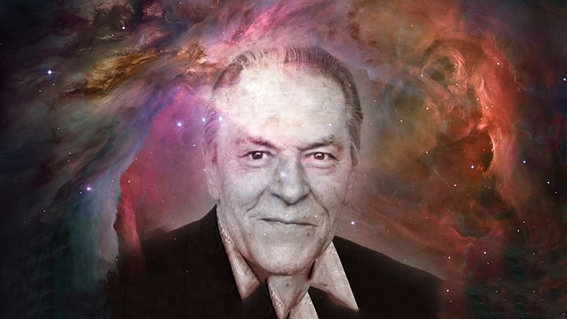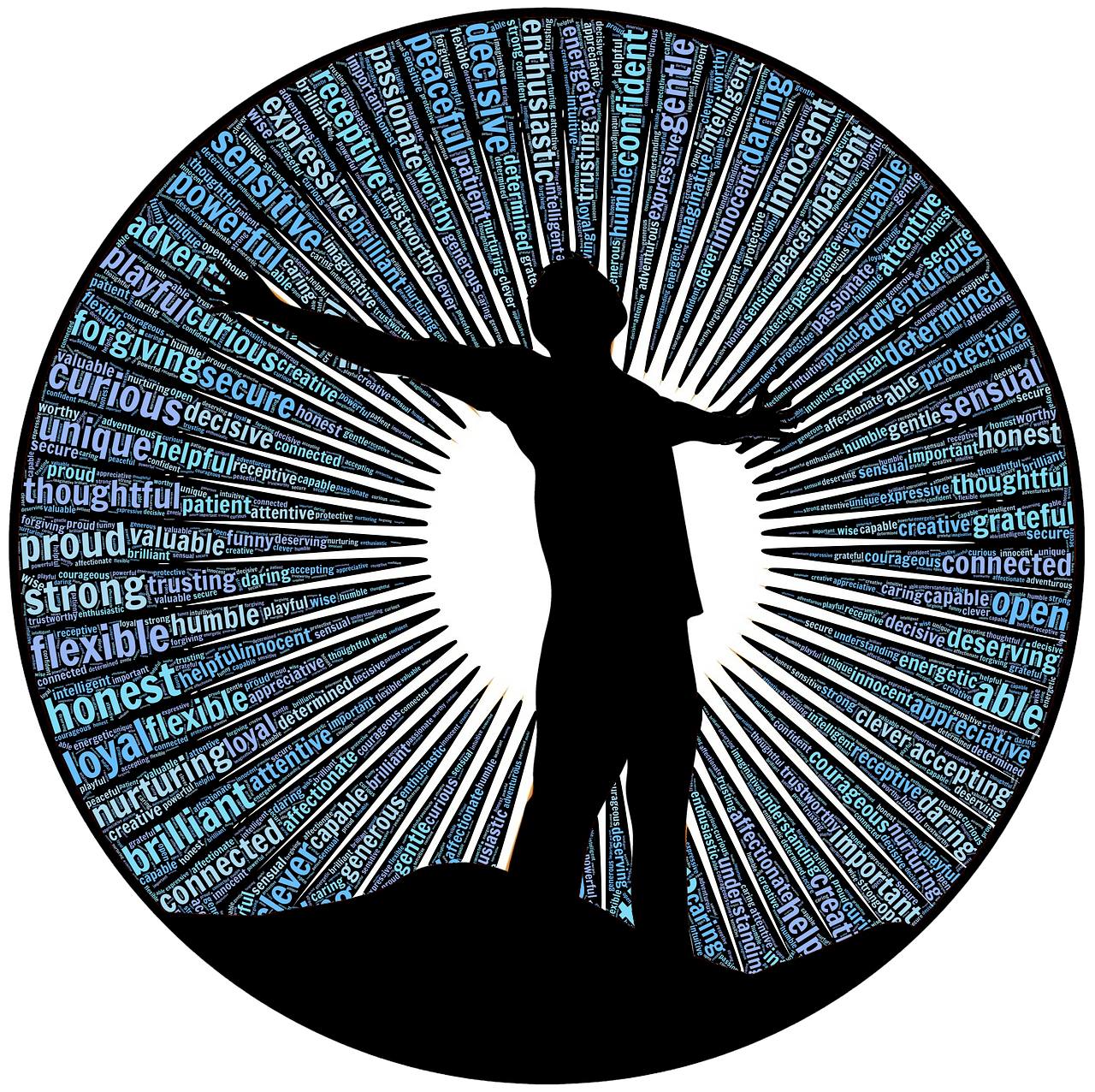
The basis of transpersonal psychology is to work «beyond the person». The revolution of Sigmund Freud and his disciples starts from the unconscious, to approach the self, the problems with the mother and the paternal law, our infantile development, sexuality, affections, body, neurosis and psychosis. Through dialogue, transference, words, silences, failed acts, dreams and lapses, an unconscious is discovered that is outside space and time. Next to the unconscious, that is the most hidden thing of the human being, a self and a Superego emerge. A Self that lives and tries to develop its desires and goes in search of its journey, together with a Superego who is a tyrant and is going to be judging as a great judge every action of the Self. Meanwhile, the unconscious will pulsate repeating the traumatic over and over again. From this conflict that begins in a maternal womb, traumatic wounds begin to develop, and here is where our so-called character and conflicts, that will accompany us during our lives, come from. All these experiences will accumulate in the unconscious.
«The interpretation of dreams is the direct path to the unconscious» Sigmund Freud
A disciple of him, Jung, will develop the collective unconscious to define an energy beyond sexual forces and aggressiveness. From his own life crisis he elevates these traumas to spiritual crises, coming to what Grof called «spiritual emergencies» and creates the term «transpersonal».

“Ancient eschatological texts are actually maps of the inner territories of the psyche that seem to transcend race and culture and their origin is the collective unconscious» Stanislav Grof

At the beginning of the last century Roberto Assagioli, the other pioneer of transpersonal psychology, creates the Psychosynthesis, being contemporary of Jung. Based on these currents of psychotherapy, in the 60s in Esalen, California, other lines of psychotherapy begin to take power, such as Abraham Maslow´s transpersonal psychology, Carl Rogers´s psychotherapy centered on the person, Stanislav Grof´s holotropic psychotherapy, Carlos Castaneda´s shamanism , Claudio Naranjo´s live gestalt, Alan Watts´s east and west integration , Aldous Huxley´s perennial philosophy, Ronald Laing and David Cooper´s antipsychiatry, Arthur Janov´s primal scream, Gabrielle Roth´s five rythms, Charles Tart´s psychedelic psychology and Ken Wilber’s integral vision of psychology.
«There are known things and unknown things, in the middle are the doors of perception» Aldous Huxley

«A symbol expresses and also has the potential to hide, and I have the impression that this is precisely what happens with regard to the painful experiences of the body, which could include, apart from those that suggest birth traumas, all kinds of psychosomatic symptoms as well as apparently personal muscle aches and strains» Dr. Claudio Naranjo

